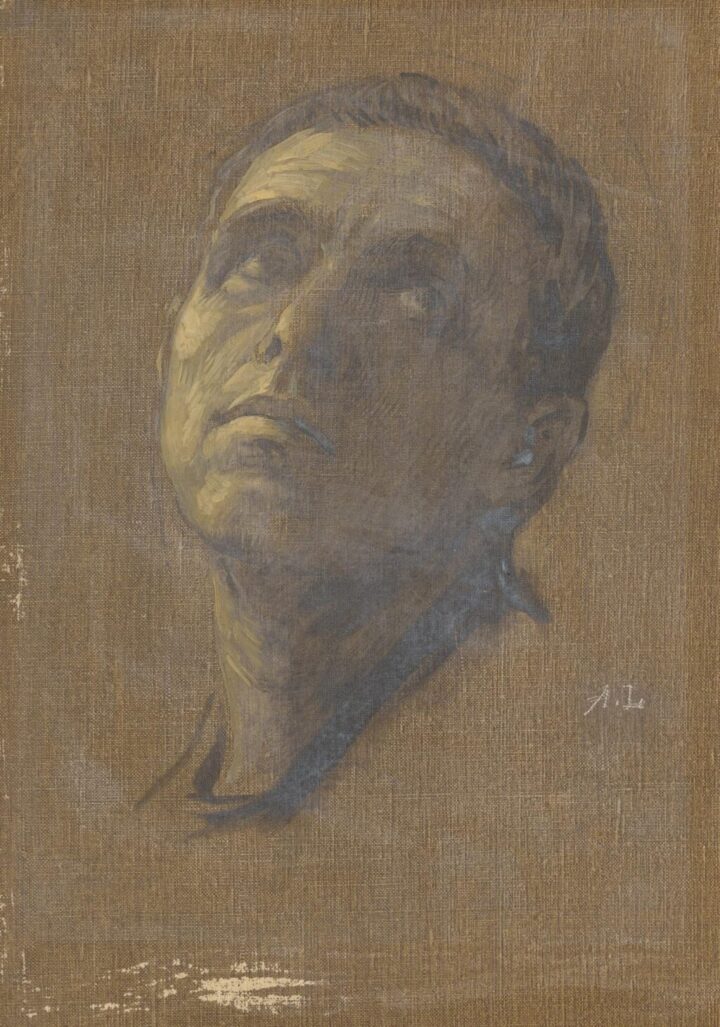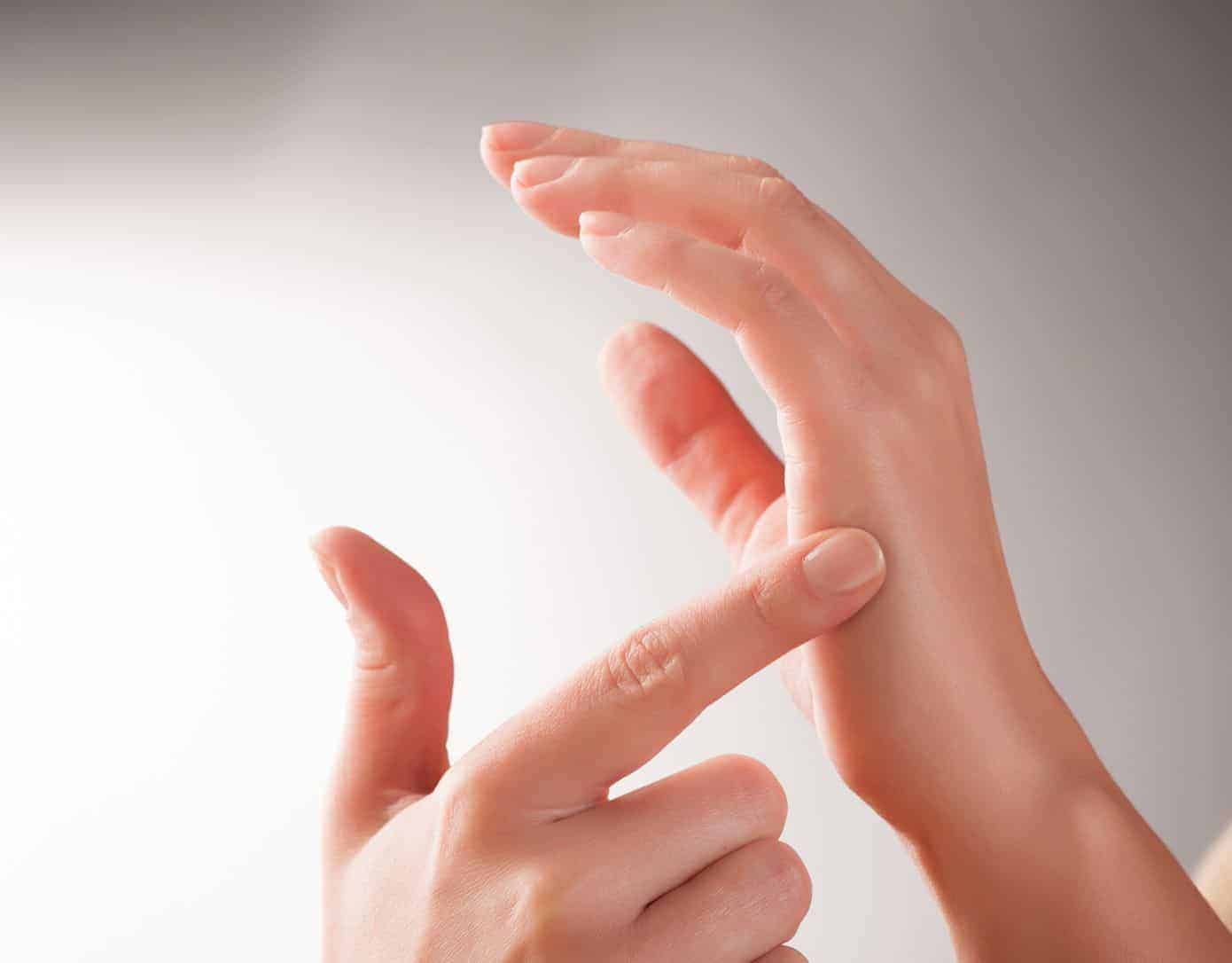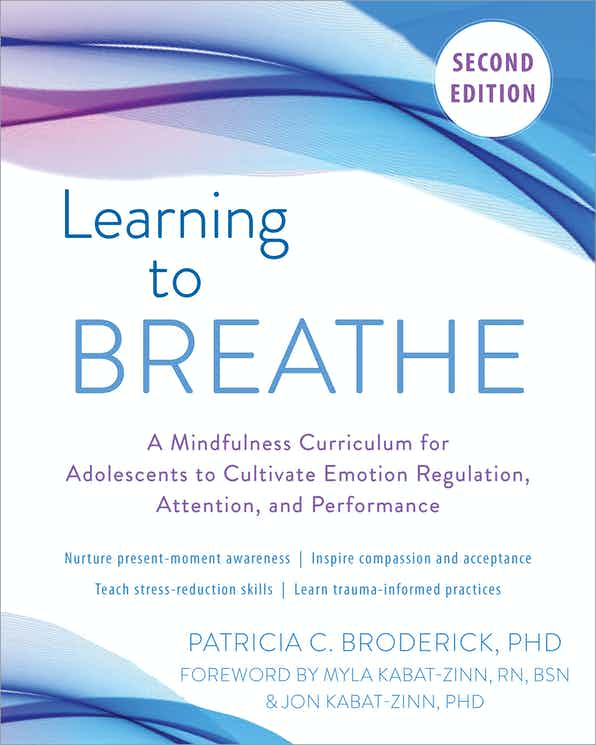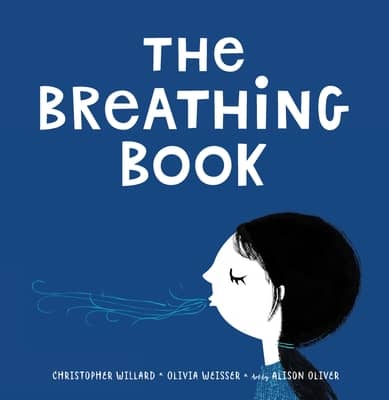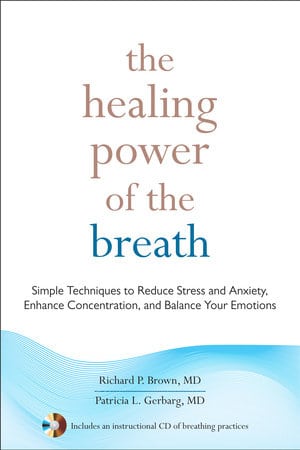Body Work
Breathwork: Science, Types, and Benefits of Breathing Exercises
THC Editorial Team January 26, 2022
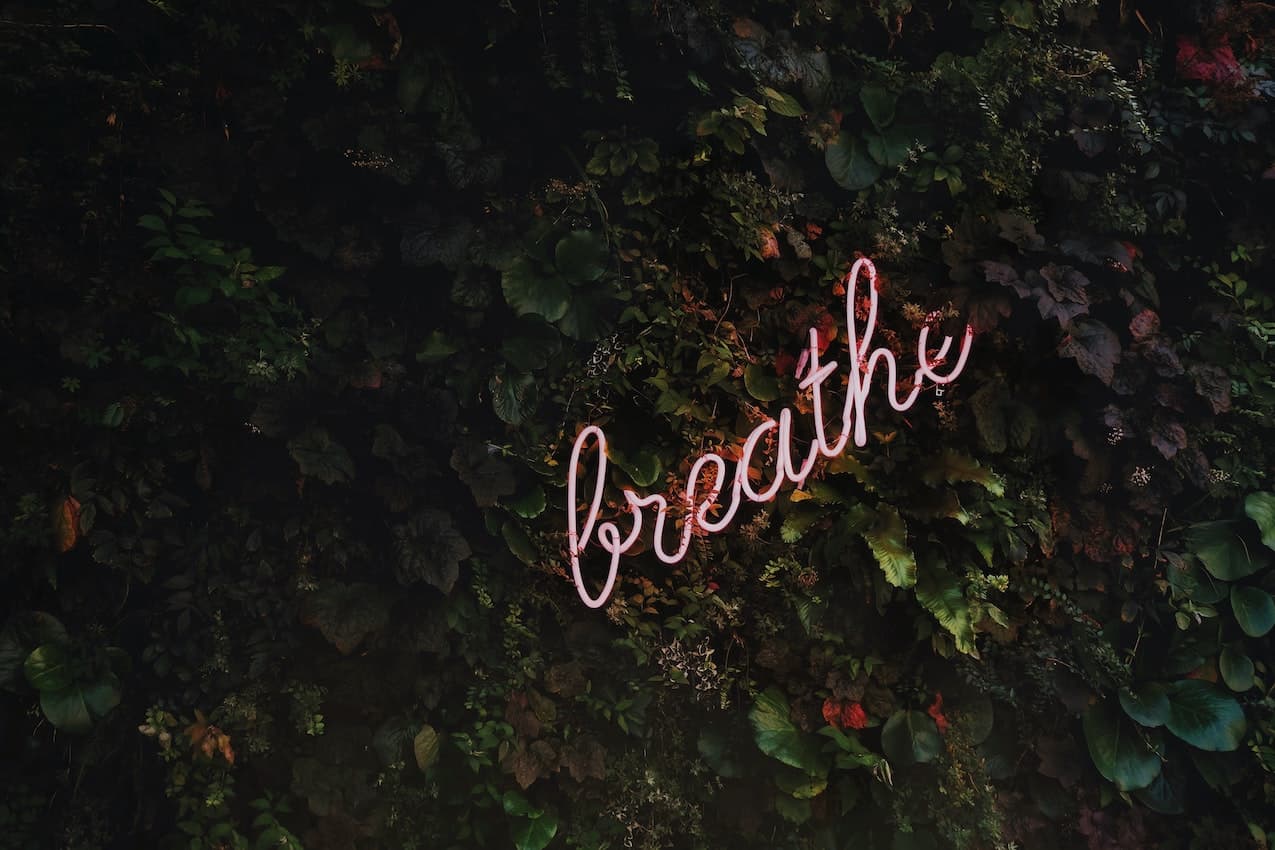
Contents
- Overview
- What Is Breathwork?
- The History of Breathwork
- The Science of Breathwork
- Different Types of Breathwork
- The Potential Benefits and Effectiveness of Breathwork
- Summary/Outlook
Breathing is an essential part of being alive. Most people breathe about 18–20 times per minute or over 25,000 times per day.1 Respiration is a constant activity that happens without thought. However, unlike many automatic physical processes, people can control their breathing. By simply paying closer attention, a person can slow down, speed up, or briefly pause their respiration.
For centuries, spiritual practitioners have used controlled breathing in prayer and meditation.2 Modern spiritual leaders have adapted such practices to offer healing, insight, and inner peace. Using controlled breathing for such purposes falls under the general term of breathwork.
What Is Breathwork?
Any practice that involves conscious, focused breathing is a form of breathwork. It is used to help people heal, reduce stress, and promote personal development.3 There are many breathing patterns that people use to shape their breath consciously. Practitioners use deep breathing exercises to help clients resolve psychological pain, release bodily tension, foster even-temperedness, and soften their psychological armors.4
Breathwork can be conducted either with a practitioner or on one’s own. Techniques like circular breathing and deep relaxation breathing are self-directed and do not require the presence of a practitioner. Schools of breathwork such as holotropic and shamanic breathing usually require a guide to hold a more formal breathwork session.5,6,7,8
The History of Breathwork
Breathwork techniques were used in several ancient cultures but mainly originated in modern-day China, India, and Tibet. In 2700 B.C.E., Emperor Huang Ti of China supported the development of breathing exercises to promote mental and physical health.
Qigong, or energy cultivation, comprises over 3,000 breathing methods developed during this era. In India, breathwork was linked to the ancient practice of yoga, which has existed since 3000 B.C.E. In Tibet, breathing exercises were developed to cultivate spirituality, like in many other cultures, and to cope with the region’s climate. For example, one technique raises a person’s body temperature so effectively that they could sit without clothes in the snow and be unaffected by the cold.9
In more modern times, professionals in psychology have developed numerous therapies that incorporate breathwork. One of the most influential early practitioners was Austrian medical doctor and psychoanalyst Wilhelm Reich, who created vegitotherapy, one of the first modern therapies to incorporate breathwork. It combined deep and shallow breathing with vocalization, massage, and energetic movement. American psychologist, psychotherapist, and writer Arthur Janov developed primal therapy, which used breathwork alongside cathartic vocalization to release emotional blockages. And American physician and psychotherapist Alexander Lowen contributed to the mind-body therapy called bioenergetic analysis, which also involves breathwork and movement.9
The Science of Breathwork
Spiritual leaders have long promoted the benefits of breathing exercises, and modern science provides explanations for its benefits. Breathing can affect both parts of the autonomic nervous system, the sympathetic nervous system (SNS) and the parasympathetic nervous system (PNS). The SNS is triggered by perceived danger and provides a jolt of energy and adrenaline so that the body can respond. The breath rate increases and airways in the lungs open more widely so that the body can take in more oxygen to increase alertness in the brain. The PNS counteracts this response and brings the body back to homeostasis and normal breathing once the perceived danger passes.10
Breathwork and the Parasympathetic Nervous System
When the body’s stress response is activated chronically and unnecessarily, it can contribute to obesity, heart disease, and inflammation.10 As such, researchers have developed breathing techniques to stimulate the PNS and counteract the stress response. Slow, controlled breathing activates the PNS, slowing down and relaxing the body. Several studies have found a correlation between deep breathing techniques and a lower heart rate.2 Practitioners help clients learn to access this calm state whenever they need it, whether it’s in the middle of a stressful event or part of a daily wellness regimen.11
In 2008, researchers from Massachusetts General Hospital conducted a study in which 61 people with hypertension were assigned eight weeks of stress management sessions that involved relaxation response training, including breathwork, and 61 others were assigned to a control group. They found that 44 of the participants’ blood pressure decreased so significantly that they were eligible to begin eliminating hypertension medication.12 While intervention and control groups both showed considerable reductions in systolic blood pressure, “significantly more participants in the relaxation response group eliminated an antihypertensive medication while maintaining adequate blood pressure control.”12
Breathwork and the Sympathetic Nervous System
Many people associate breathwork with slow, deep breathing. However, several methods, like circular breathing, stimulate the SNS through mild hyperventilation. This type of breathing changes blood chemistry by increasing carbon dioxide levels.
A 2001 study conducted by researchers from the University of Berne in Switzerland asked eight healthy male participants to submit to controlled hyperventilation for 20 minutes. They found that free fatty acids, insulin, glucagon, cortisol, and carbon dioxide, several of which create energy in the body, all increased directly after the hyperventilation period.13 The SNS promotes alertness, so stimulating it through mild hyperventilation in a controlled setting is believed to lead to better focus and more energy.
Different Types of Breathwork
Different types of breathwork garner different results. For instance, some seek to relax the body, whereas others increase energy and focus.
Controlled Breathing
Controlled breathing refers broadly to the concept of altering one’s natural, automatic breathing pattern. Techniques vary in pattern and length, but they all act as anchors to help participants pay greater attention to their breathing. For example, box breathing involves breathing in four equal-count segments: inhale, hold, exhale, hold.14
Circular Breathing
Circular breathing is a breath pattern that consists of long, slow inhales and exhales. The length of inhalation and exhalation should be about the same. This type of breathing is meant to clear energy blocks within the body to foster the movement of energy. Someone might envision the breath coming into the body, flowing through the lower abdomen and then out through the mouth or head. Others might find it more helpful to imagine roots growing from their feet and legs, grounding them in the earth. Those who practice circular breathing can experience cognitive clarity or release trapped emotions and must continue to focus on their breath so that they don’t stall the emotions coming to the surface.6
Conscious Connected Breathing
This breathing pattern is similar to circular breathing but eliminates the natural pauses in the breath cycle. One pauses briefly between inhaling and exhaling and between exhaling and inhaling when breathing naturally. Conscious connected breathing links the inhalation and exhalation in a continuous cycle. Those using this pattern can breathe through either their mouth or nose but must remain consistent throughout the practice. Professionals recommend that breathers not try this pattern independently but with a trained facilitator because it can cause the person to move into an altered consciousness as quickly as after a few breaths.6
Fast and Full Breathing
This breathing method is similar to conscious connected breathing and can induce an altered state. As such, this should also only be done with a trained facilitator. The person breathing connects the inhalation and exhalation without pause, but more rapidly than in conscious connected breathing. They should be careful to simply let the exhalation “fall,” rather than forcing it out, as that can cause cramping around the hands and mouth.6
Deep Relaxation Breathing
Deep relaxation breathing (DRB) is also referred to as diaphragmatic breathing, relaxation breathing, and abdominal breathing. It is used in several fields, including nursing, dentistry, and public health. This type of breathing is usually practiced with eyes closed and does not require the presence of a facilitator. This pattern involves deep inhalations, diaphragm expansion, and slow exhalation. In this practice, people usually inhale for a count of four and pause for a count of seven before exhaling for a count of eight. DRB is known to stimulate the PNS and lessen SNS activity. Research shows that this particular pattern can lower blood pressure, decrease heart rate, and help manage anxiety, aggression, and posttraumatic stress disorder (PTSD) symptoms.7
Holotropic Breathwork
In the 1970s, psychiatrists Stanislav and Grof developed the holotropic breathing technique to stimulate an altered consciousness. A facilitator guides participants through the session. This practice consists of two main components: prolonged overbreathing, or hyperventilation, and music. The music must be evocative, and the client is told to let the music flow and resonate in their body. A practitioner may also use touch, bodywork, group sharing, or artistic expression techniques.
Holotropic breathing can resemble the experience of psychedelic drugs; the breathing pattern can increase body awareness and allow clients to connect their conscious and unconscious minds because of the release of the neurotransmitters oxytocin, dopamine, and serotonin in the brain. This also allows people to see and begin to understand the subconscious causes of their mental conditions.7
Yogic Breathing
Yogic breathing, also referred to as pranayama breathing, seeks to connect breath and movement to promote healing through body-brain connection. Practitioners of yogic breathing must be licensed yoga instructors with specialized breathwork training. This practice alters and controls the breath for specific results via patterns and variations in respiration rates. Usually, yogic breathing practices have specific instructions concerning the number of breaths over a certain period of time. There are many different variations of yogic breathing, including:7
- Alternate nostril breathing: A practice in which participants close one nostril and inhale slowly before switching and blocking the other nostril7
- Sudarshan Kriya yoga: A breathing practice that consists of four structured breathing patterns, ranging from slow and long breaths to short and quick breaths7
- Paced breathing: Breathing that is synchronized to an acoustic or visual signal15
- Resonance breathing: Breathing that is slower than typical breathing to create resonance in the cardiovascular system16
- Breathing with movement: Synchronization of breathing and movement17
- Ujjayi/victorious breathing: Breathing that reduces airflow and contracts the glottis muscles18
- Lion’s breath: Exhalation in lion position, or simhasana, which produces an audible “ha” or pant-like sound19
Shamanic Breathwork
Shamanic breathwork is a sacred practice that combines deep breathing with other ancient wisdom practices. The goal of Shamanic breathwork, which takes place in a ceremony, is to heal deep psychological wounds. Shamanic breathwork ceremony participants begin by establishing a sacred connection by performing rituals such as “smudging with sage, cedar, and sweet grass while offering prayerful invocations.”20 The one to two hours long session is usually conducted laying down, with rhythmic breathing to traditional drumming. This process may induce an altered state of mind for the participant.8,20
Rebirthing Breathwork
Leonard Orr developed rebirthing breathwork beginning in the 1960s to help people break unhealthy patterns in their lives. A guide helps participants through a nine-phase process that encompasses introduction, defense, immersion, inversion, association, insight/epiphany, transliminal, deep relaxation, and return stages. Traumatic memories are primarily processed in the immersion, association, and insight/epiphany phases.21 Sessions were originally, and sometimes still are, conducted in a tub to simulate the womb.22
The Wim Hof Method
The Dutch extreme athlete Wim Hof has gained notoriety for his combination of breathing exercises and ice baths. The Wim Hof Method combines circular breathing with long breath holds and meditation. In a 2014 study conducted by Dutch researchers, Hof and three other instructors trained 18 men in the Wim Hof Method. The four-day training consisted of meditation, exposure to extreme cold, and breathing techniques, including hyperventilation and breath retention. After the four-day training period and the participants’ continued at-home practice, the researchers conducted endotoxemia experiments with the participants. They found that the Wim Hof Method can improve immune system function.5
The Potential Benefits and Effectiveness of Breathwork
Breathwork proponents claim their practices provide numerous benefits ranging from psychological healing to an improved immune system. However, most studies on breathwork focus on the effects of slow breathing on the parasympathetic nervous system and benefits such as lower stress levels, better sleep, and greater focus.11
It is widely known and supported by numerous studies that reducing stress improves physical and mental health. Lowering stress hormone levels helps the body return to homeostasis after a traumatic event. Reducing stress also lowers the risk of heart disease, high blood pressure, and other ailments associated with the chronic engagement of the stress response.10
Developing calmness through breathing also brings emotional benefits such as a centered mind. Some addiction recovery groups use breathwork to help clients stop the mental cycles that lead to relapse. Research shows that focusing on breathing rather than anxious thoughts can reduce negativity and depressive cycles.
In a 2014 U.S. study, male war veterans with PTSD symptoms practiced Sudarshan Kriya yoga over seven daily three-hour sessions. Through questionnaires and measurements of eye blinks and respiration, the researchers determined that the breathwork intervention reduced symptoms of PTSD, anxiety, and respiration rate.23
In a 2012 Korean study, researchers sought to determine the effects of paced breathing on 58 college students. The participants were asked to sit in recliners with their eyes closed while synchronizing their breathing with auditory signals for two 15-minute sessions. The researchers found that paced breathing increased attention and cognitive processes while reducing drowsiness.15
Summary/Outlook
Although breathwork practices originated in ancient spiritual traditions, modern science is discovering the benefits of controlled breathing. If research can show that controlled breathing brings positive mental and physical benefits, it could become a more widespread, mainstream practice for improving wellness. By using breathwork to tap into the parasympathetic nervous system, practitioners can help clients experience a calmer, quieter mindset. The stresses of modern life pose a challenge; stress-reduction strategies like breathwork are accessible to many and can help people operate from a healthier mental space.














